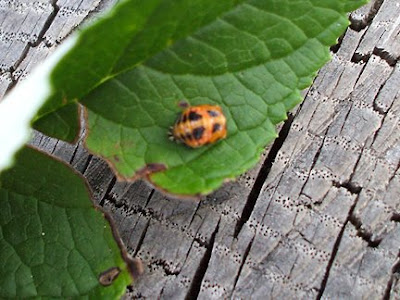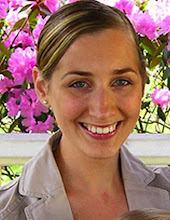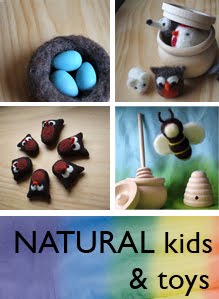

directly from the KinderNature website.
A Menu of Instructional Strategies for the Naturalist Intelligence
- Collecting data
- Collecting objects from the natural world
- Labeling and mounting specimens from nature
- Organizing collections
- Observing nature
- Doing experiments in nature
- Noticing changes in the environment
- Sorting articles from nature
- Categorizing objects
- Classifying information
- Keeping notebooks
- Learning names of natural phenomena
- Learning characteristics of the natural world
- Using magnifiers or microscopes to study nature
- Using binoculars or telescopes to study nature
- Drawing or photographing natural objects
- Nature hikes or field trips in nature
- Gardening
- Caring for pets
- Wildlife protection projects
- Setting up winter feeding stations for wild animals or birds
- Comparing natural observations with others
- Visiting zoos and botanical gardens
- Visiting museums of natural history
- Drying flowers
- Studying books about nature
- Learning about the work of famous naturalists such as:
- John Muir
- Rachel Carson
- Charles Darwin
- George Washington Carver
- Luther Burbank
- Annie Dillard
- John James Audubon
- Aldo Leopold
- John Muir
Animals
Astronomy
Balance of Nature
Birds
Botany
Butterflies
Conservation
Constellations
Deserts
Earth
Fish
Flowers
Forests
Game
Gardening
Geology
Insects
Lakes
Mountains
Oceans
Plants
Rivers
Rocks
Seasons
Seeds
Shells
Stars
Tides
Trees
Volcanoes
Weather
Zoology
Audubon Society
Boy Scouts
Girl Scouts
Campfire
Izaak Walton League
Natural History Museums
National Forest Service
National Park Service
Observatories
Parks
Planetariums
Zoos








No comments:
Post a Comment